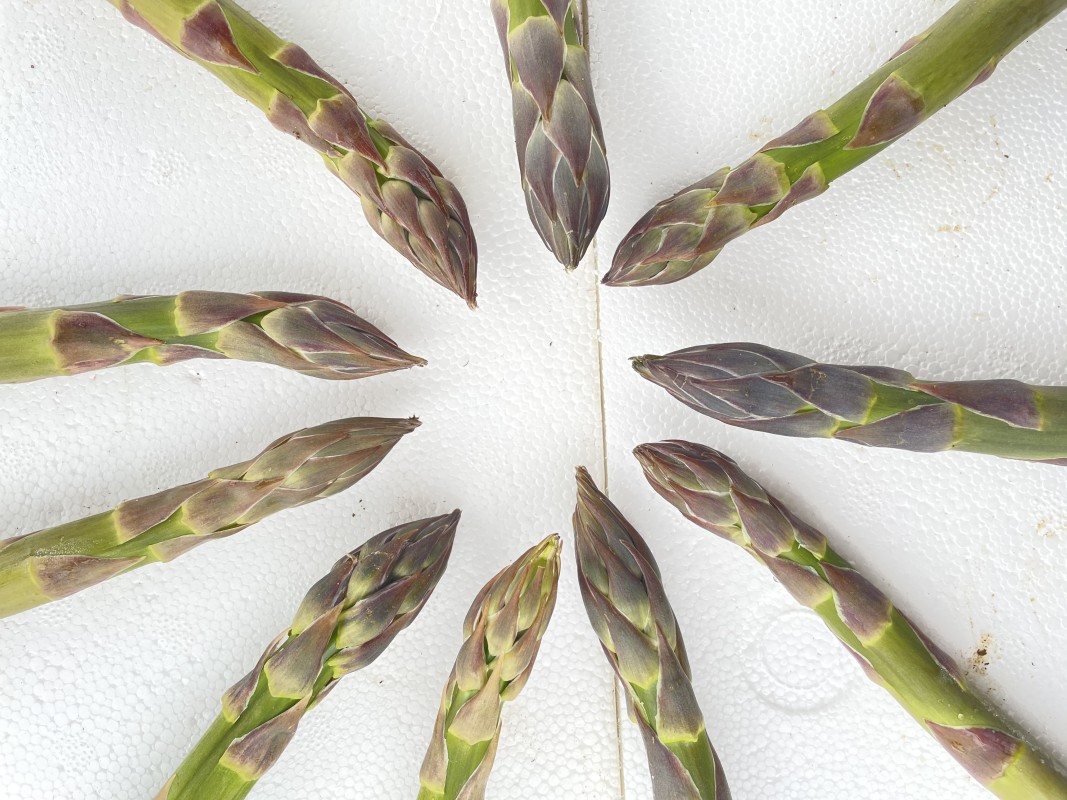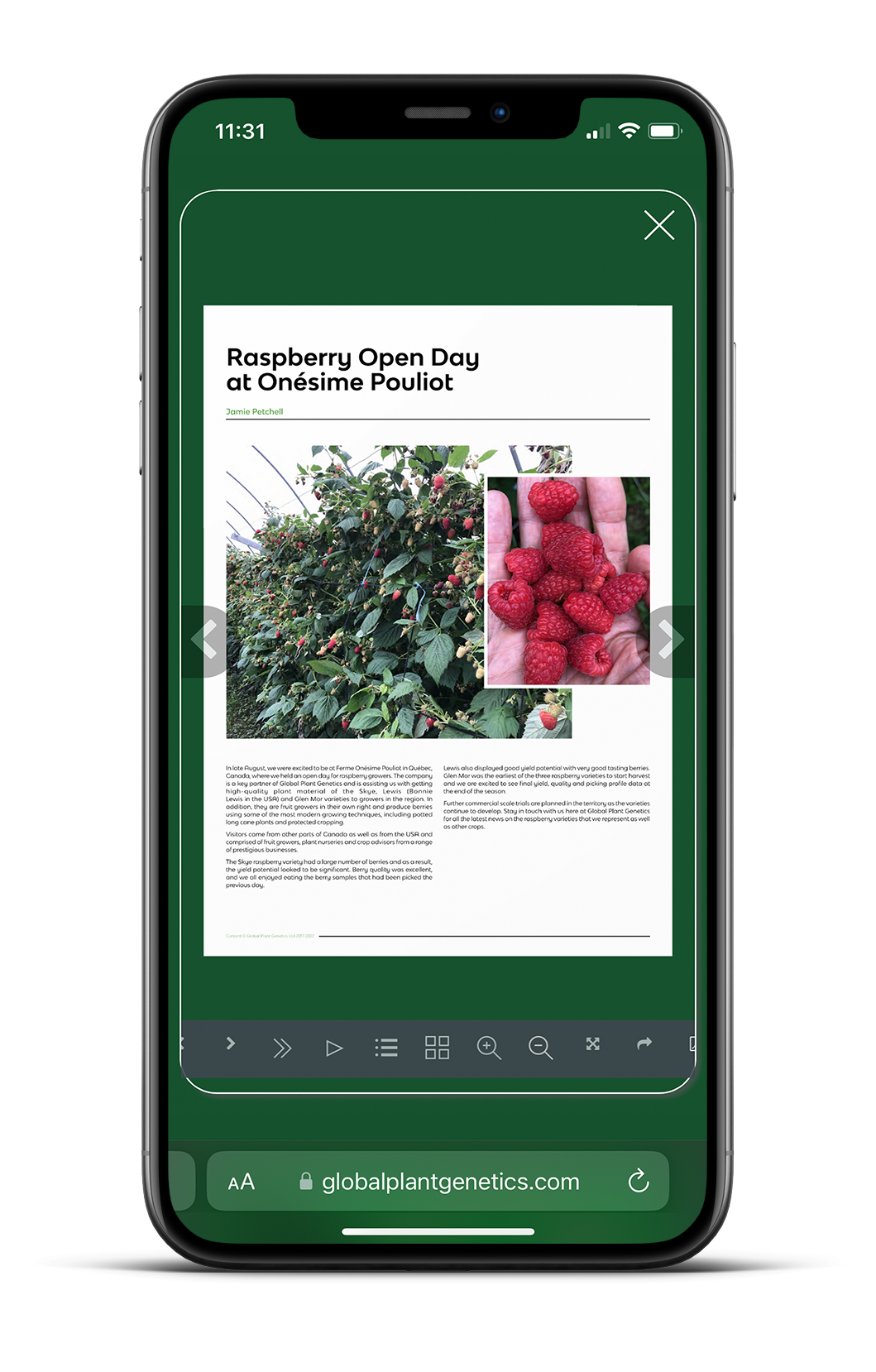Technological developments in general life are moving at such a rapid pace and many of these bring potential to the asparagus industry as well. Some of these will be considered as benefits while others could be seen as possible pitfalls. One issue that is affecting asparagus growers in almost every commercial growing situation is that of a lack of labour. The asparagus crop is one of high labour intensity and it requires large numbers of people to harvest the crop, grade it, pack it and distribute it to the end user. Many locations have been finding it more and more difficult over the past few years to source and recruit adequate labour numbers to deal with their crops. This issue has only been exacerbated by the Covid pandemic as well as in some cases, more restrictive immigration policies.
There are and will be technological solutions to this issue, whether they are semi-mechanised harvesting aids, fully mechanised asparagus machines or indeed, autonomous robots. We have seen important developments in these areas in recent times, especially in white asparagus production, where labour costs can be higher than for the green product. A large proportion of global white asparagus production is in countries with a high minimum wage and as a result, the incentive to develop a mechanised solution is greater, even though the challenge is a bigger one than for green asparagus. What will robotic harvesting machines look like in 10 years’ time? In order to match human efficiency, they will need to come a long way, but it isn’t putting man on the moon and recent developments are exciting.
An issue that is now close to the top of most agendas is that of the environment. The recent COP26 conference in Glasgow clearly highlighted the challenges faced by the planet and the fresh produce industry at large has its part to play in a global drive towards carbon neutrality. What will this mean for the future of asparagus production and marketing? Currently, a lot of asparagus is produced in produced in locations that are far from the eventual markets and this regularly requires the use of airfreight to maintain the necessary levels of freshness needed for domestic consumption. Will this continue or are there other less Carbon dependent options available? It all starts from the accepted notion that asparagus is something that should be on retailer shelves twelve months of the year. As consumers, we have come to expect this and often think nothing of picking up asparagus on our weekly shops in the middle of winter. Seasonality remains important in domestic markets and it is during these times that asparagus consumption is at its peak. However, it is difficult to imagine a time when only seasonal asparagus was available.
Looking into the medium-term future, it is certainly possible to envisage a scenario where twelve-month availability continues, but this could be achieved through a number of new methods. For example, offshore production could be moved to regions that are closer to market and allow sea freight to become the transport of choice. We may well also see the development of more forward-looking technological production techniques in domestic markets. Indoor farming is working for some crops but to date, has seemed a challenge too far for asparagus, but again, it isn’t putting man on the moon.
Food waste is a further aspect that is firmly in the headlines. As with other freshly consumed fruit and vegetables, asparagus waste is also one that can be closely scrutinised. There is an element of waste all through the supply chain of fresh asparagus. Lower grade asparagus spears are left in the field, poorer quality product and woody parts are removed during the packing operation, unsold packs at retail are often discarded, not at all purchased asparagus is actually consumed at home, and the list goes on. There are ways to address all parts of these areas of wastage and everyone in the supply chain should play their own parts.
Our involvement in the asparagus industry is in the early stages, both in terms of the development of new hybrids as well as seed supply. Working with our breeders, we are well placed to identify improved varieties that can address some of these new challenges that are now part of the everyday lives of those in the industry. Better quality spears will reduce food waste, improved shelf-life will contribute to lower Carbon emissions and we are looking for varieties that might be better adapted to mechanical harvesting.
We continue to react to the current challenges and try to anticipate future developments in the asparagus sector.
Please let us know what you think to this blog. We look forward to hearing from you.

